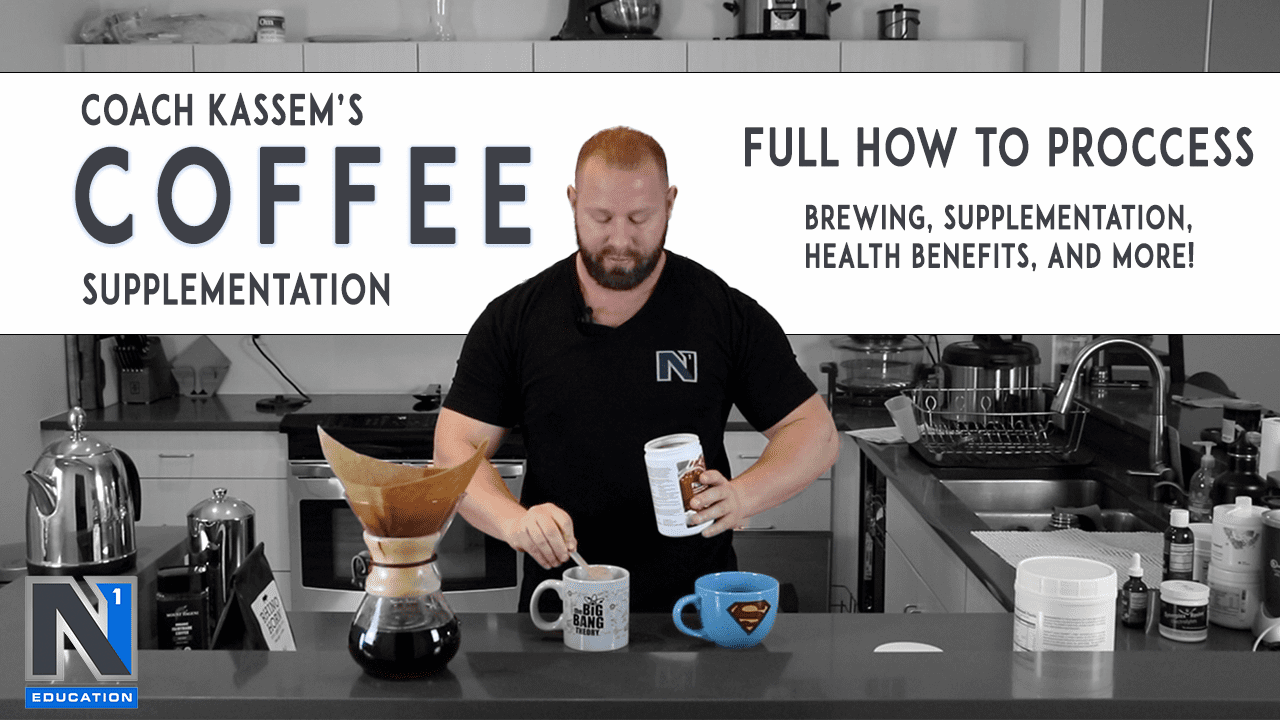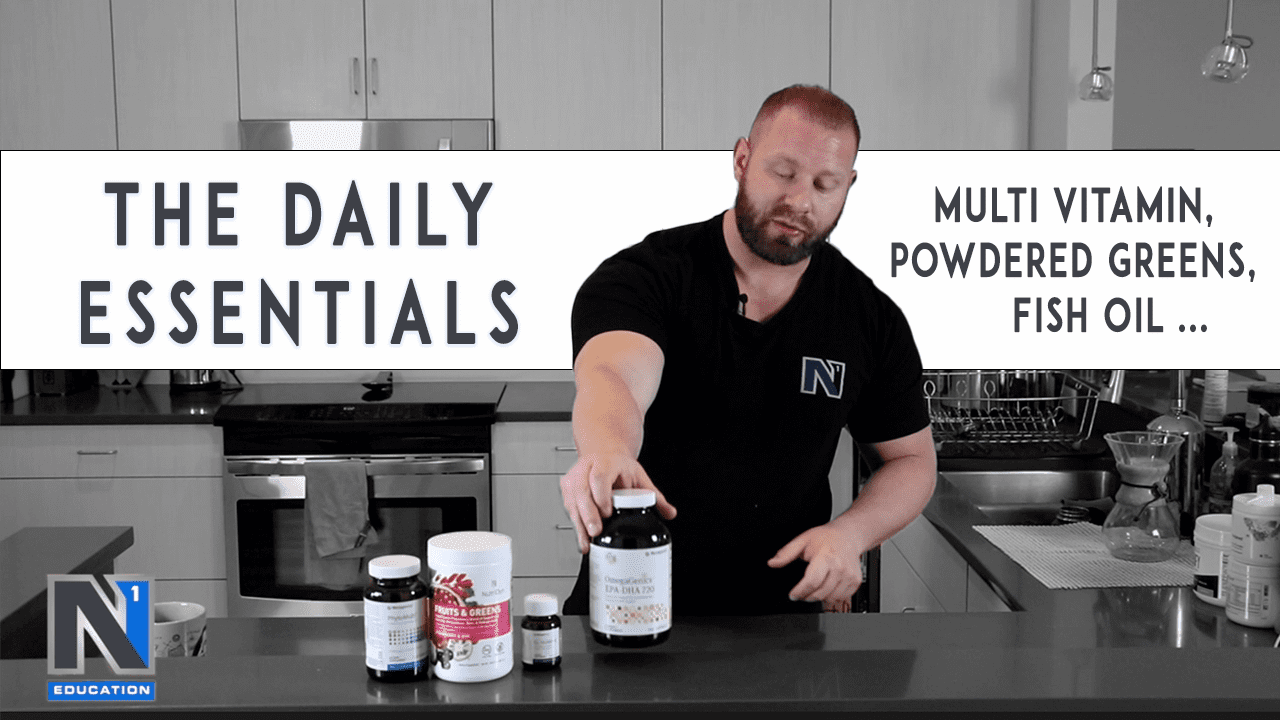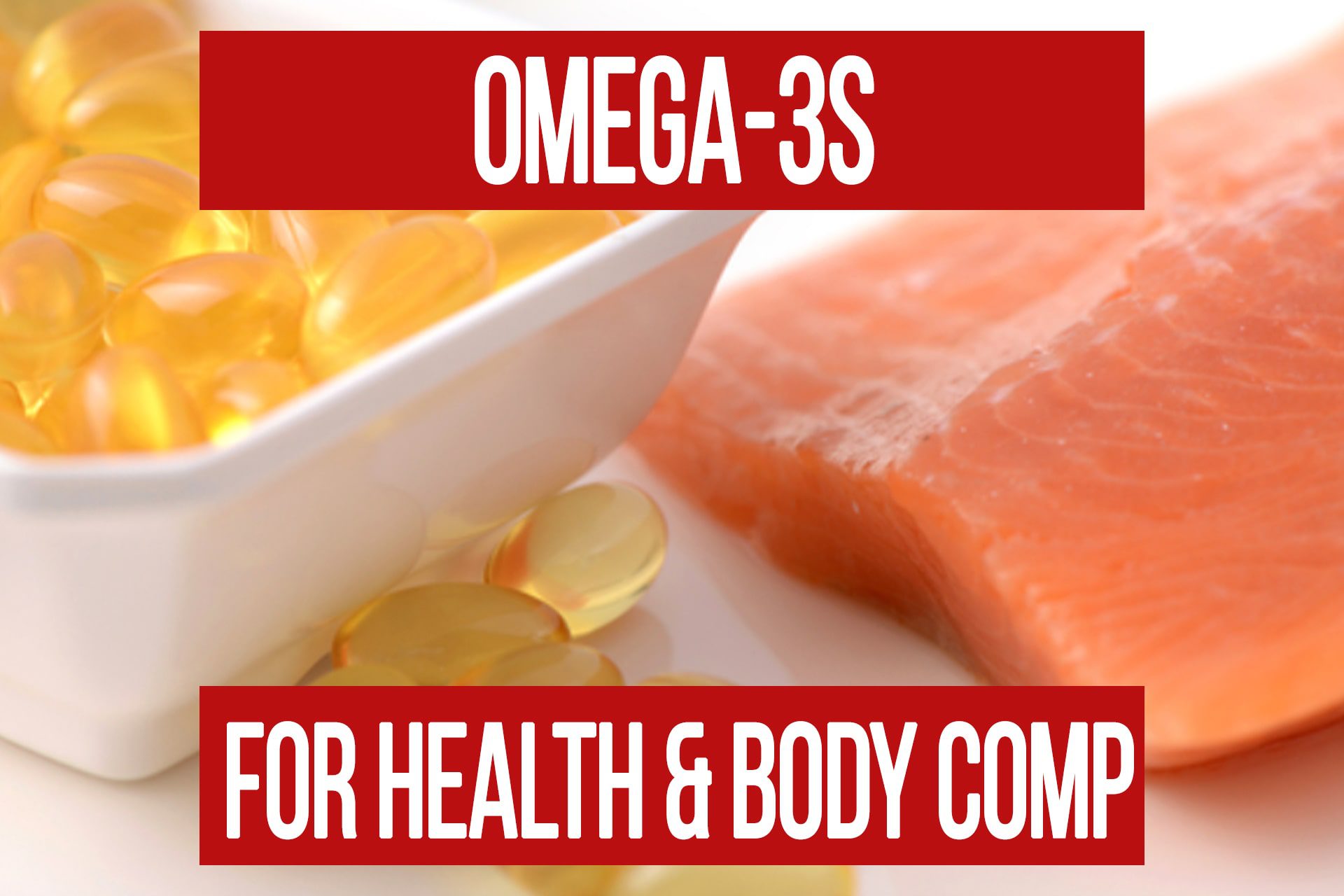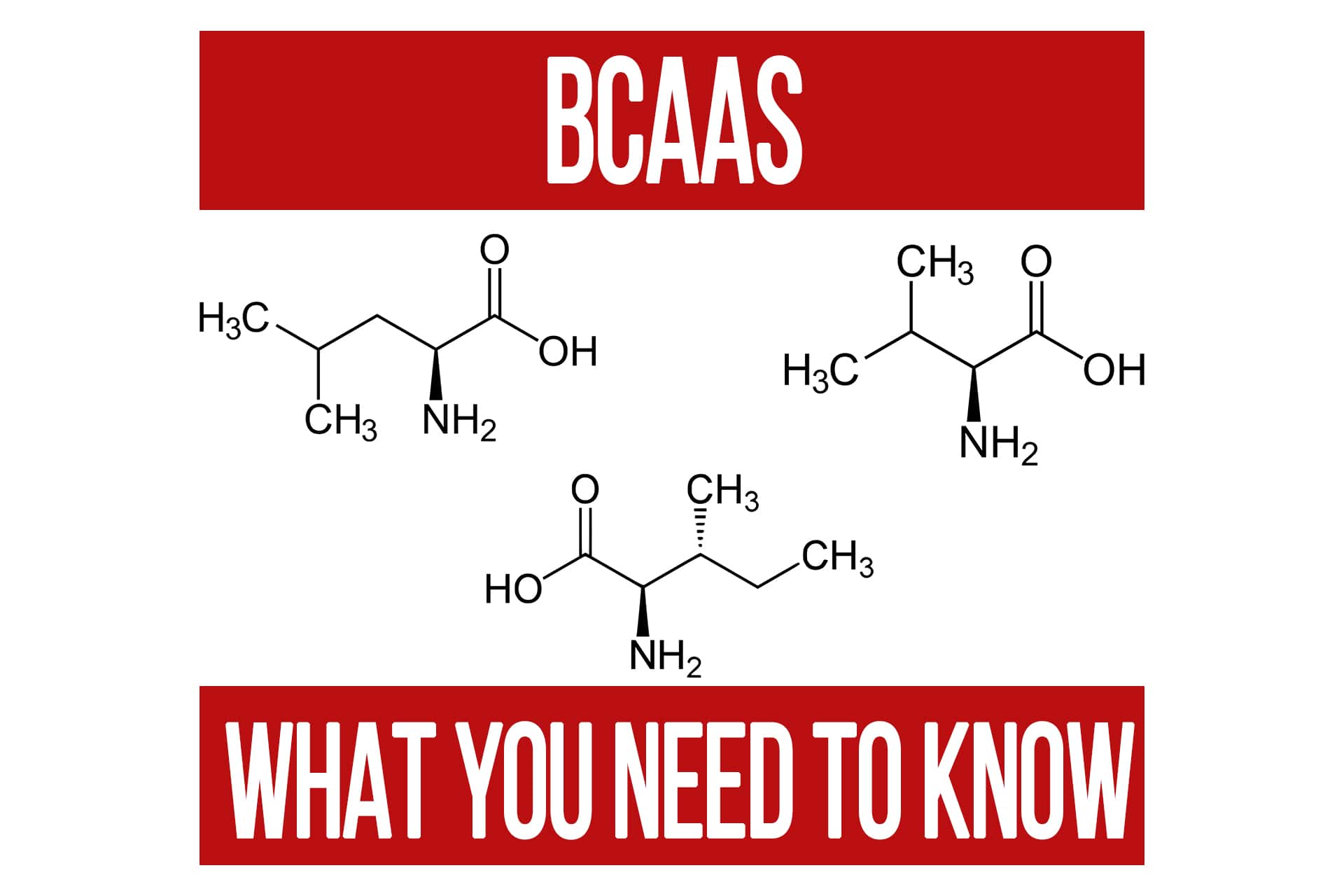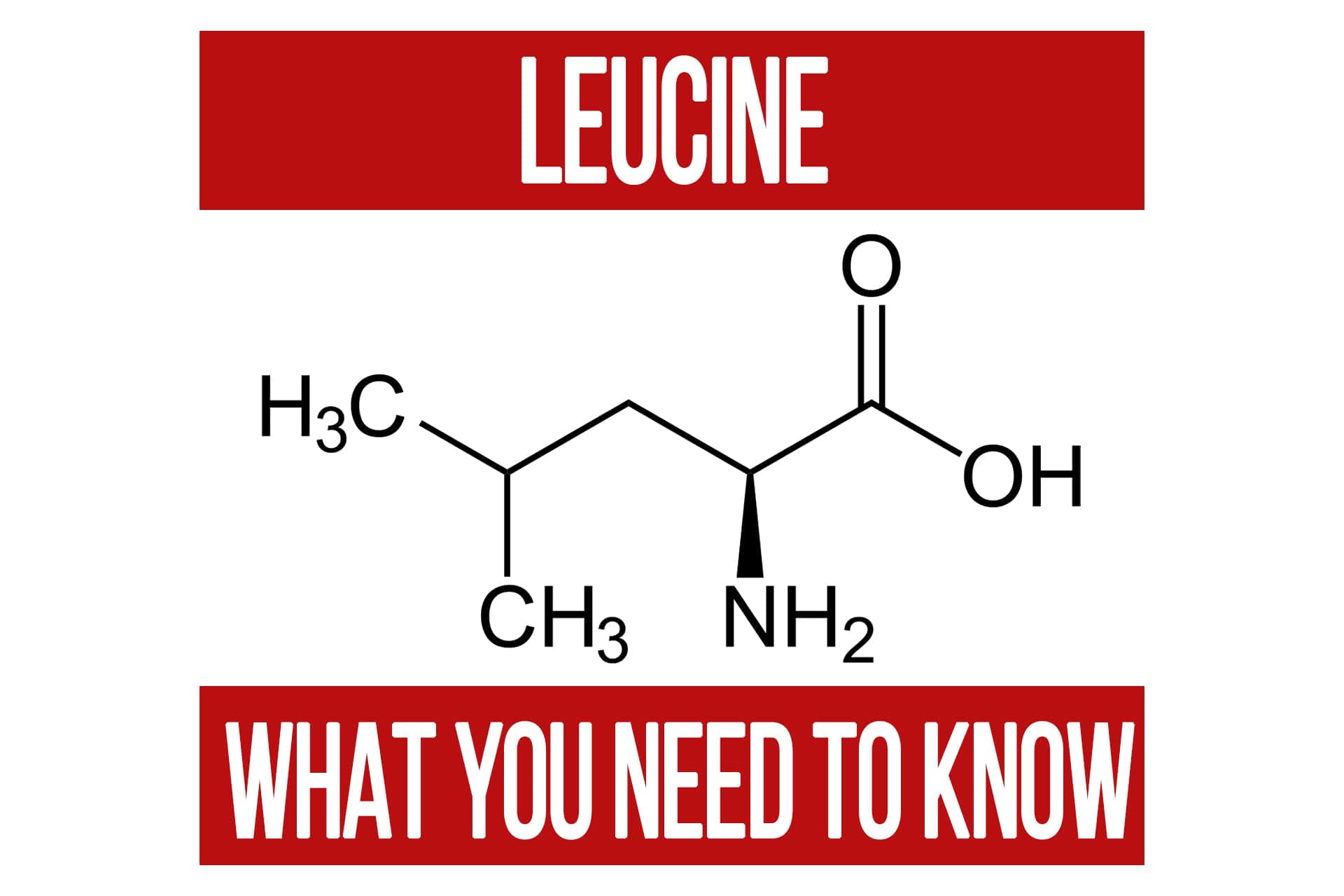Cinnamon: The Surprising Advantage Sitting on your Shelf
n1 training
Cinnamon is of course a popular spice used during the holiday season, and often found in bakery favorites, but you may be surprised to learn that it also enhances much more than the topping of your favorite carb-coma-inducing desserts!
Its slightly sweet and aromatic flavor is not only enjoyable (to most), but it provides a number of added benefits, including its ability to help significantly increase insulin sensitivity. As you may well know, improved insulin sensitivity can lead to a more favorable body composition.
So whether it’s to combat that massive insulin spike from a cheat meal mountain of pie and ice cream, or to more effectively utilize the simple carbohydrates in your post-workout shake, cinnamon is a spice worth adding, both for flavor, and to get the most out of the nutrients you consume on your quest for physique enhancement and improved health.
Types
First, we must distinguish between the two primary types of cinnamon. Differentiation will become important later on as we delve into the effects of supplementation: The more expensive form, Ceylon cinnamon, also called ‘true cinnamon’ or ‘Cinnamomum verum’. The more commonly known and most frequently used form, Cinnamomum Cassia, also known as, ‘Chinese cinnamon’, found in the spice section of your grocery store. If the label on the container of the powder you pick up does not specify either, it is very likely Cassia. If you purchase the actual cinnamon sticks, the best way to tell the difference is by looking along the length of the stick. If the stick is of the Ceylon variety, than the bark will be thinner and you will see multiple layers. Cassia, on the other hand, is thicker and will appear to be a single thick shaving [1].
Effects On The Body & Body Composition
It should be noted that Cassia cinnamon is the most commonly used in scientific studies, and has the most data on its effects in the body. More specifically, and this is where our interest lies, its effects on insulin sensitivity and glucose regulation. It appears that the effects of cinnamon, and the compounds it contains, have both acute and cumulative effects. Although the results of studies on cinnamon supplementation have been varied, they seem to depend upon the length of the study, type of cinnamon used, and the extent of obesity and insulin resistance of the test subjects. For example, one long-term study, using a double-blind placebo method, found that after 40 days of cinnamon consumption in the range of 1-6g per day, both fasting glucose levels and LDL (aka ‘bad’ cholesterol) decreased in subjects with type 2 diabetes [2]. This study and others have also shown a beneficial effect on body fat percent and lean body mass compared with a control group [2][3]. This was replicated in a second study lasting over 120 days using an equivalent of 3g of cinnamon cassia powder per day [4]. The reduction in fasting glucose levels and impact on body composition are certainly cumulative, appearing to take approximately 5-6 weeks to be realized.
These results indicate that cassia effectively works as an insulin mimicker and aids in cellular glucose metabolism. This means that it enhances the cells ability to uptake glucose from the blood in the absence of insulin. Excellent news for those looking to increase glucose sensitivity! We have seen that even for individuals with severe insulin sensitivity issues, such as type 2 diabetics, cinnamon can be highly effective. Cassia extract has been observed to have anti-diabetic effects by lowering blood glucose levels when consumed during a glucose tolerance test compared to a control group [5].
Fat Oxidation and Anti-Inflammatory Properties
The benefits of compounds found in cinnamon extend beyond its favorable effects on insulin and glucose. Cinnamaldehyde, a major component of cinnamon, is responsible for its flavor and smell and has been observed to lower ghrelin secretion, the hormone that makes you feel hungry. This means that when calories are relatively low, it could help suppress appetite and, ultimately, make it easier to stick to your diet An additional benefit, and a substantial one for those looking to improve body composition, is that cinnamaldehyde up-regulates genes found in adipose tissue that are related to fatty acid oxidation. So not only does it reduce the sensation of hunger, but it also speeds up the fat burning process [6]! That pretty much sounds like an advertisement for most commercial “fat burners” on the market…. In addition to glucose management, Ceylon cinnamon in particular has been shown to have potent antimicrobial and anti-inflammatory properties [7] making it a great choice as a post-workout recovery agent.
Dosage & Timing
The effective dose has been determined to be in a range of 1-6g per day dependent upon body weight (lighter-heavier), plus given what we have learned about Cinnamons effect on insulin sensitivity, it seems we would be wise to consume it with carbohydrate-containing meals in order to improve its uptake into muscle cells. To enhance this effect, adding it to post-workout shakes and / or post-workout meals would seem to be ideal. Fortunately, it even goes quite well mixed with a chocolate protein shake, oatmeal, or even white rice.
A Disclaimer: More Is NOT Necessarily Better
You may be thinking, “If this works to manage insulin, then if / when I increase carbs, I should take more cinnamon right?”. Well, not exactly. Like many things when taken in excess, even cinnamon can be potentially harmful. Although many of the compounds found in cinnamon are highly beneficial, some others could possibly have negative consequences if consumed in high enough amounts. Coumarin for example, a secondary component of cinnamon, is toxic to the liver and kidneys in high doses. The tolerable daily intake (TDI) established by the European Food Safety Authority, has been set at .1mg/kg of bodyweight. This is the amount that can be consumed daily without fear of any adverse effects. To achieve effective (for our purposes) doses of cinnamon cassia, it is relatively easy to exceed this allowance given that the tested concentrations range from .07% to 1.2% [8]. This means that for every 100mg of cinnamon you consume, you’ll get about 1mg of coumarin. Now, before you get alarmed and start doing the math to check if you’ve been damaging your liver and kidneys (I’ll actually cover that below), it is important to keep in mind that, contrary to what the name suggests, TDI recommendations are actually by no means the maximal amount the body can tolerate. Those recommendations are typically hundreds of times lower than quantities which themselves have been shown not to cause any noticeable effects [9]. Basically, TDI recommendations should be viewed as amounts where there is essentially a 0.00% chance of even coming remotely close to any negative side effects whatsoever, even in the most sensitive individuals. There really is little cause for alarm unless you are consuming cinnamon powder by the spoonful multiple times per day (don’t try it, not a pleasant experience). The amount of coumarin necessary to provide a dose that would be lethal 50% of the time, is approximately 275mg/kg. Even to get just 1/10th of that quantity, a 200lb man would have to ingest 2.5g of pure coumarin, which is just a ludicrous amount. Given that 1 kilogram of cinnamon powder on average contains less than 5g (.5%) of coumarin [10], then unless you plan on dining on half a kilogram of cinnamon powder (1.1 pounds for my imperial friends), you don’t realistically have anything to worry about – for further clarity, that’s over 180 teaspoons, or 3 months worth of supplementation at 5.5g/per day. If you still wish to avoid any concerns over coumarin content, just choose the Ceylon variety of cinnamon as it has been shown to contain only trace amounts compared to Cassia.
Conclusion
While not as glamourous as the most-hyped supplements on the market, cinnamon is an understated but valuable weapon for a bodybuilder, or anyone for that matter, who is seeking to improve their body composition. It’s an inexpensive supplement with the potential to drastically improve your ability to utilize nutrients, with advantageous effects on glucose and insulin regulation, fat oxidation, plus its antimicrobial and anti-inflammatory properties should not be overlooked. Without a doubt, cinnamon should be a staple in the arsenal of practically every health conscious individual, and all those who are aspiring to get the most out of what they put into their body and advance their physique goals.
Cinnamon is of course a popular spice used during the holiday season, and often found in bakery favorites, but you may be surprised to learn that it also enhances much more than the topping of your favorite carb-coma-inducing desserts!
Its slightly sweet and aromatic flavor is not only enjoyable (to most), but it provides a number of added benefits, including its ability to help significantly increase insulin sensitivity. As you may well know, improved insulin sensitivity can lead to a more favorable body composition.
So whether it’s to combat that massive insulin spike from a cheat meal mountain of pie and ice cream, or to more effectively utilize the simple carbohydrates in your post-workout shake, cinnamon is a spice worth adding, both for flavor, and to get the most out of the nutrients you consume on your quest for physique enhancement and improved health.
Types
First, we must distinguish between the two primary types of cinnamon. Differentiation will become important later on as we delve into the effects of supplementation: The more expensive form, Ceylon cinnamon, also called ‘true cinnamon’ or ‘Cinnamomum verum’. The more commonly known and most frequently used form, Cinnamomum Cassia, also known as, ‘Chinese cinnamon’, found in the spice section of your grocery store. If the label on the container of the powder you pick up does not specify either, it is very likely Cassia. If you purchase the actual cinnamon sticks, the best way to tell the difference is by looking along the length of the stick. If the stick is of the Ceylon variety, than the bark will be thinner and you will see multiple layers. Cassia, on the other hand, is thicker and will appear to be a single thick shaving [1].
Effects On The Body & Body Composition
It should be noted that Cassia cinnamon is the most commonly used in scientific studies, and has the most data on its effects in the body. More specifically, and this is where our interest lies, its effects on insulin sensitivity and glucose regulation. It appears that the effects of cinnamon, and the compounds it contains, have both acute and cumulative effects. Although the results of studies on cinnamon supplementation have been varied, they seem to depend upon the length of the study, type of cinnamon used, and the extent of obesity and insulin resistance of the test subjects. For example, one long-term study, using a double-blind placebo method, found that after 40 days of cinnamon consumption in the range of 1-6g per day, both fasting glucose levels and LDL (aka ‘bad’ cholesterol) decreased in subjects with type 2 diabetes [2]. This study and others have also shown a beneficial effect on body fat percent and lean body mass compared with a control group [2][3]. This was replicated in a second study lasting over 120 days using an equivalent of 3g of cinnamon cassia powder per day [4]. The reduction in fasting glucose levels and impact on body composition are certainly cumulative, appearing to take approximately 5-6 weeks to be realized.
These results indicate that cassia effectively works as an insulin mimicker and aids in cellular glucose metabolism. This means that it enhances the cells ability to uptake glucose from the blood in the absence of insulin. Excellent news for those looking to increase glucose sensitivity! We have seen that even for individuals with severe insulin sensitivity issues, such as type 2 diabetics, cinnamon can be highly effective. Cassia extract has been observed to have anti-diabetic effects by lowering blood glucose levels when consumed during a glucose tolerance test compared to a control group [5].
Fat Oxidation and Anti-Inflammatory Properties
The benefits of compounds found in cinnamon extend beyond its favorable effects on insulin and glucose. Cinnamaldehyde, a major component of cinnamon, is responsible for its flavor and smell and has been observed to lower ghrelin secretion, the hormone that makes you feel hungry. This means that when calories are relatively low, it could help suppress appetite and, ultimately, make it easier to stick to your diet An additional benefit, and a substantial one for those looking to improve body composition, is that cinnamaldehyde up-regulates genes found in adipose tissue that are related to fatty acid oxidation. So not only does it reduce the sensation of hunger, but it also speeds up the fat burning process [6]! That pretty much sounds like an advertisement for most commercial “fat burners” on the market…. In addition to glucose management, Ceylon cinnamon in particular has been shown to have potent antimicrobial and anti-inflammatory properties [7] making it a great choice as a post-workout recovery agent.
Dosage & Timing
The effective dose has been determined to be in a range of 1-6g per day dependent upon body weight (lighter-heavier), plus given what we have learned about Cinnamons effect on insulin sensitivity, it seems we would be wise to consume it with carbohydrate-containing meals in order to improve its uptake into muscle cells. To enhance this effect, adding it to post-workout shakes and / or post-workout meals would seem to be ideal. Fortunately, it even goes quite well mixed with a chocolate protein shake, oatmeal, or even white rice.
A Disclaimer: More Is NOT Necessarily Better
You may be thinking, “If this works to manage insulin, then if / when I increase carbs, I should take more cinnamon right?”. Well, not exactly. Like many things when taken in excess, even cinnamon can be potentially harmful. Although many of the compounds found in cinnamon are highly beneficial, some others could possibly have negative consequences if consumed in high enough amounts. Coumarin for example, a secondary component of cinnamon, is toxic to the liver and kidneys in high doses. The tolerable daily intake (TDI) established by the European Food Safety Authority, has been set at .1mg/kg of bodyweight. This is the amount that can be consumed daily without fear of any adverse effects. To achieve effective (for our purposes) doses of cinnamon cassia, it is relatively easy to exceed this allowance given that the tested concentrations range from .07% to 1.2% [8]. This means that for every 100mg of cinnamon you consume, you’ll get about 1mg of coumarin. Now, before you get alarmed and start doing the math to check if you’ve been damaging your liver and kidneys (I’ll actually cover that below), it is important to keep in mind that, contrary to what the name suggests, TDI recommendations are actually by no means the maximal amount the body can tolerate. Those recommendations are typically hundreds of times lower than quantities which themselves have been shown not to cause any noticeable effects [9]. Basically, TDI recommendations should be viewed as amounts where there is essentially a 0.00% chance of even coming remotely close to any negative side effects whatsoever, even in the most sensitive individuals. There really is little cause for alarm unless you are consuming cinnamon powder by the spoonful multiple times per day (don’t try it, not a pleasant experience). The amount of coumarin necessary to provide a dose that would be lethal 50% of the time, is approximately 275mg/kg. Even to get just 1/10th of that quantity, a 200lb man would have to ingest 2.5g of pure coumarin, which is just a ludicrous amount. Given that 1 kilogram of cinnamon powder on average contains less than 5g (.5%) of coumarin [10], then unless you plan on dining on half a kilogram of cinnamon powder (1.1 pounds for my imperial friends), you don’t realistically have anything to worry about – for further clarity, that’s over 180 teaspoons, or 3 months worth of supplementation at 5.5g/per day. If you still wish to avoid any concerns over coumarin content, just choose the Ceylon variety of cinnamon as it has been shown to contain only trace amounts compared to Cassia.
Conclusion
While not as glamourous as the most-hyped supplements on the market, cinnamon is an understated but valuable weapon for a bodybuilder, or anyone for that matter, who is seeking to improve their body composition. It’s an inexpensive supplement with the potential to drastically improve your ability to utilize nutrients, with advantageous effects on glucose and insulin regulation, fat oxidation, plus its antimicrobial and anti-inflammatory properties should not be overlooked. Without a doubt, cinnamon should be a staple in the arsenal of practically every health conscious individual, and all those who are aspiring to get the most out of what they put into their body and advance their physique goals.
Omega-3s For Health & Body Composition
articleBody Composition FREE Health and Longevity Nutrition SupplementationBCAAs – Anabolic & Anti-Catabolic
articleBody Composition FREE Hypertrophy Nutrition Supplementation
Popular Pages
Learn & Train With Us
Add N1 Training to your Homescreen!

Please log in to access the menu.
